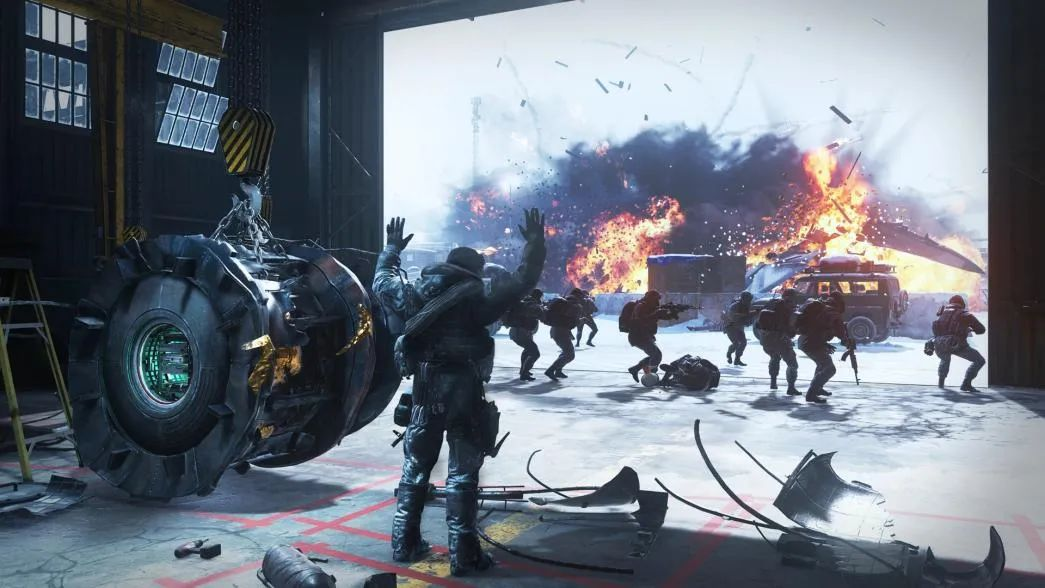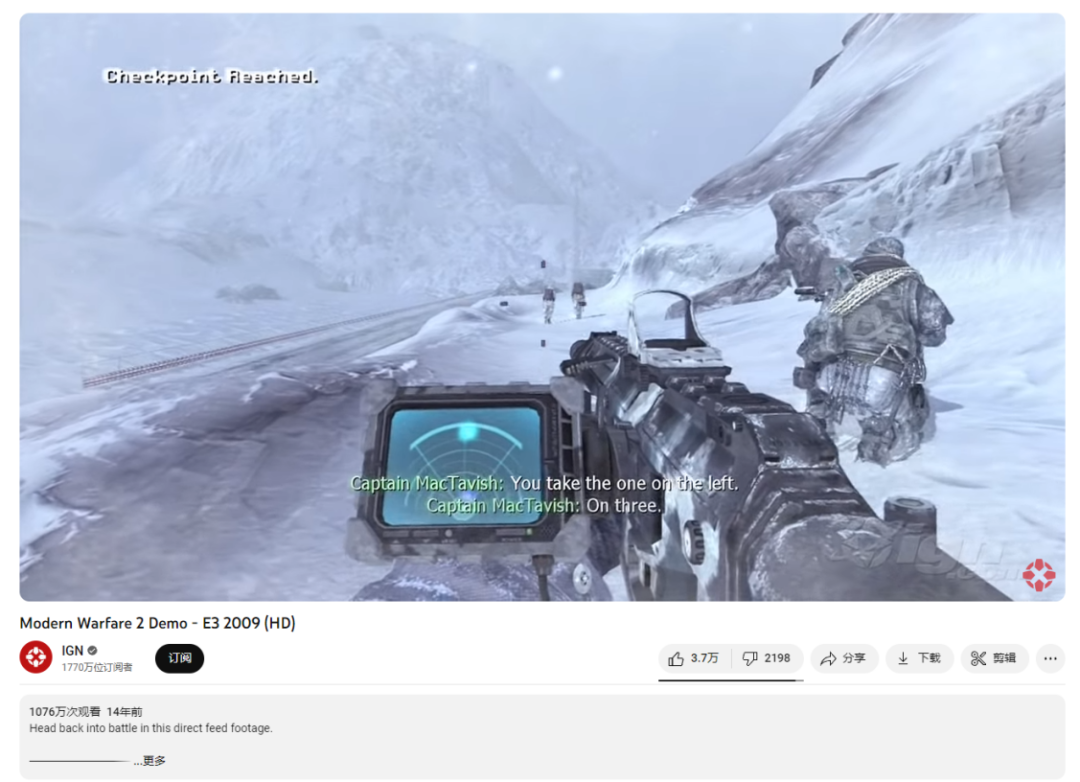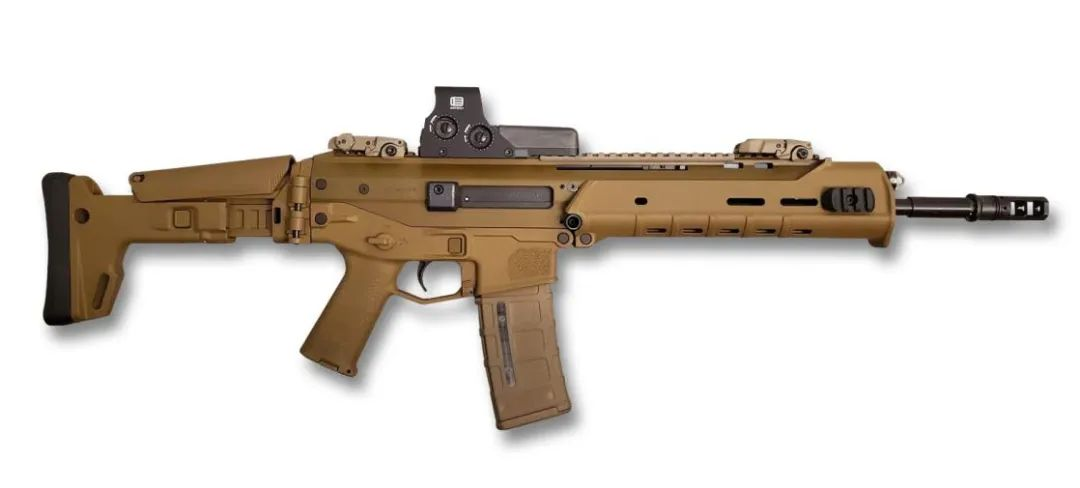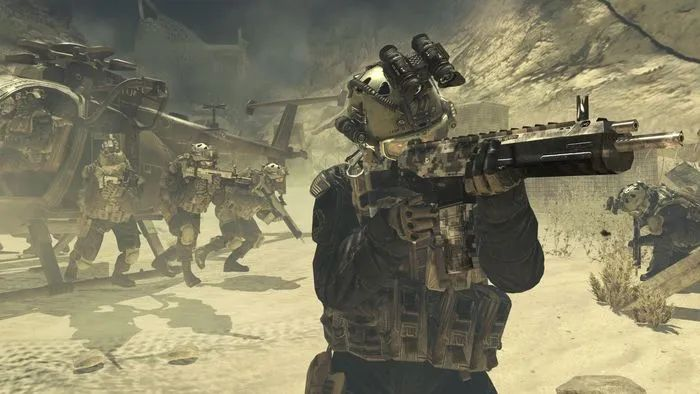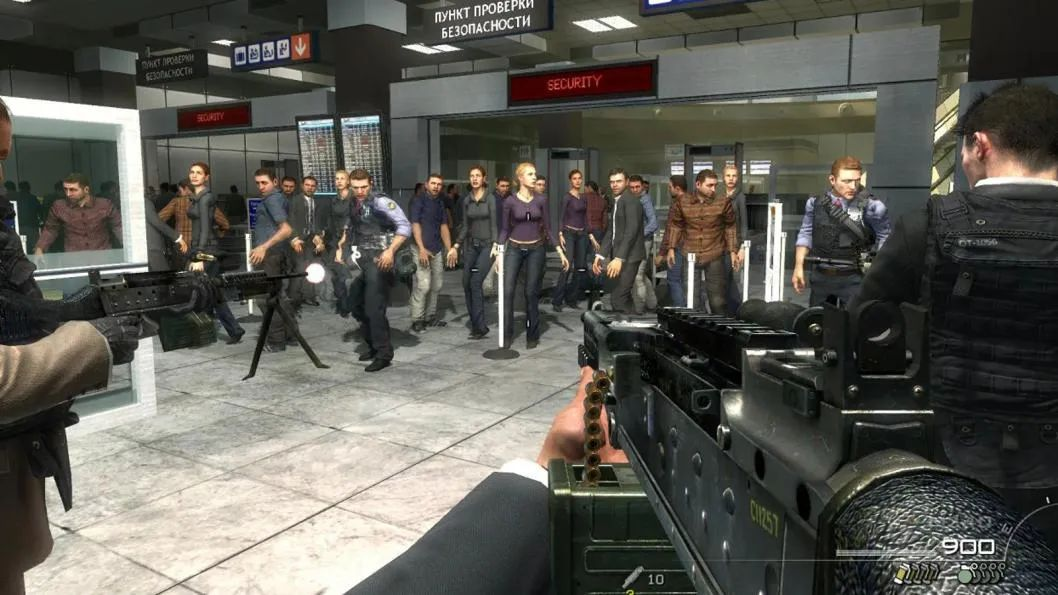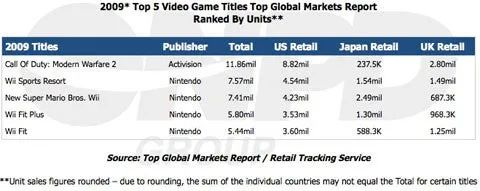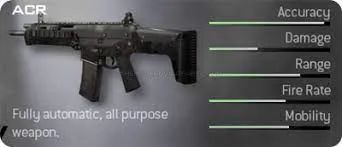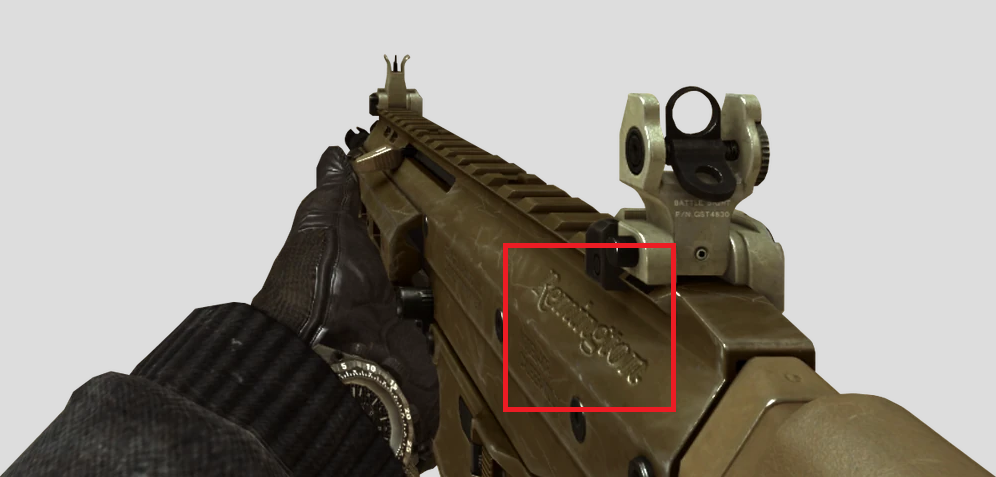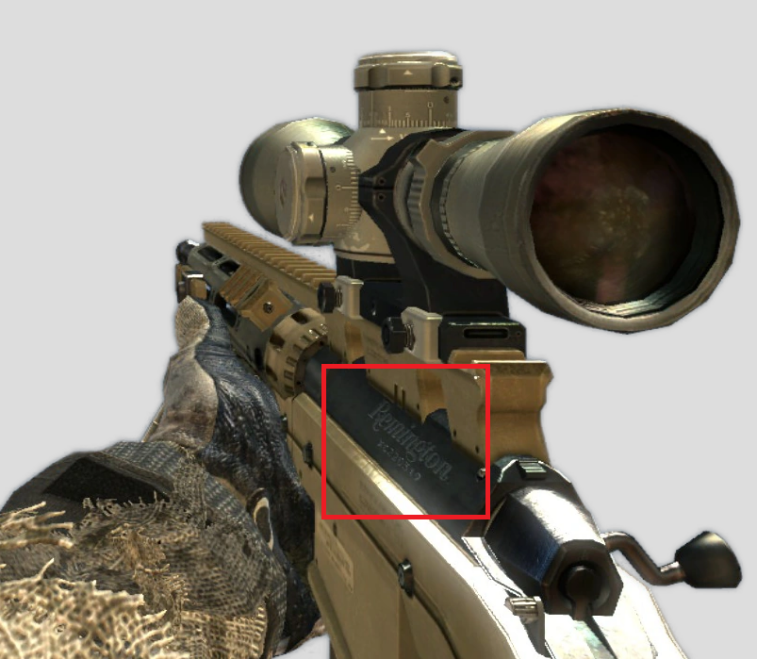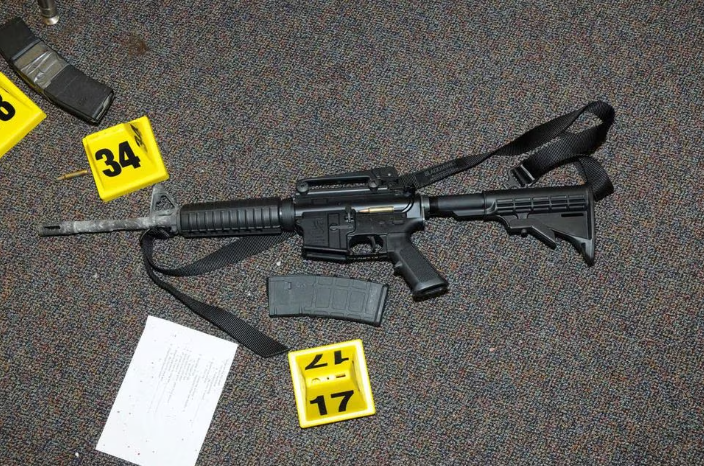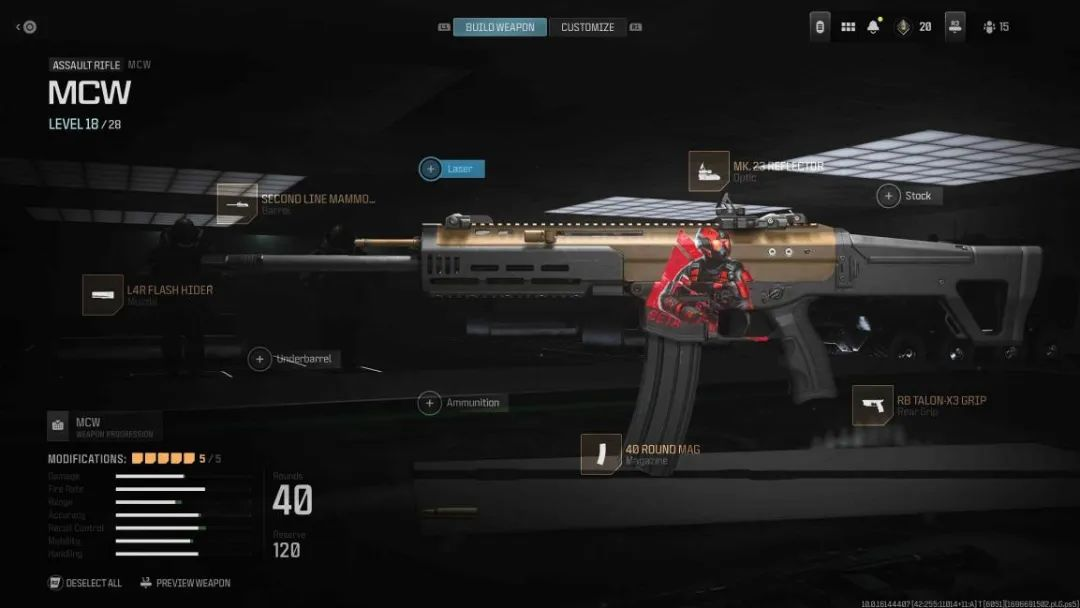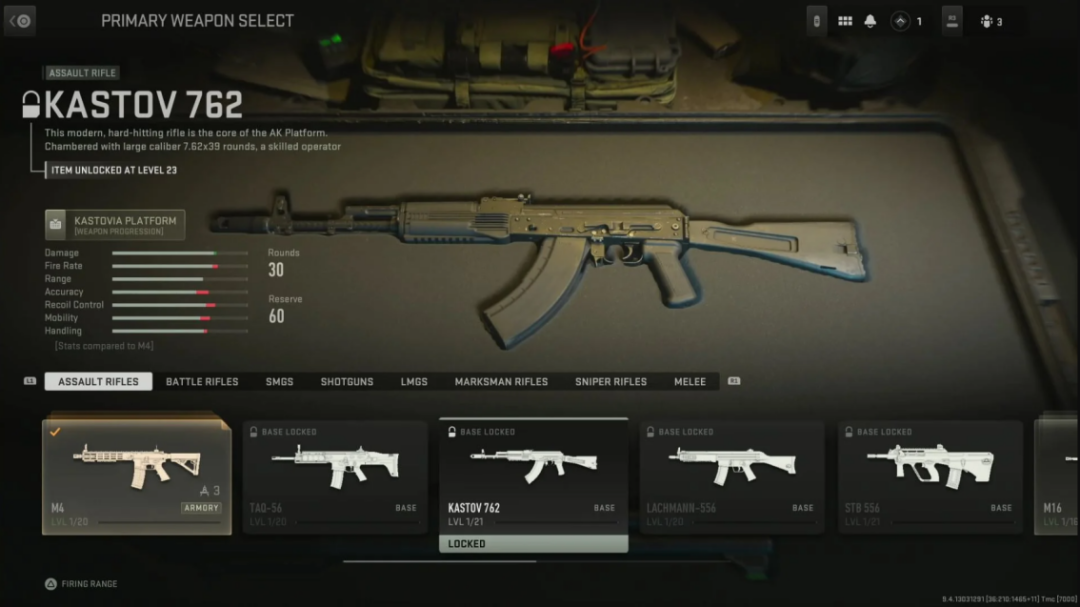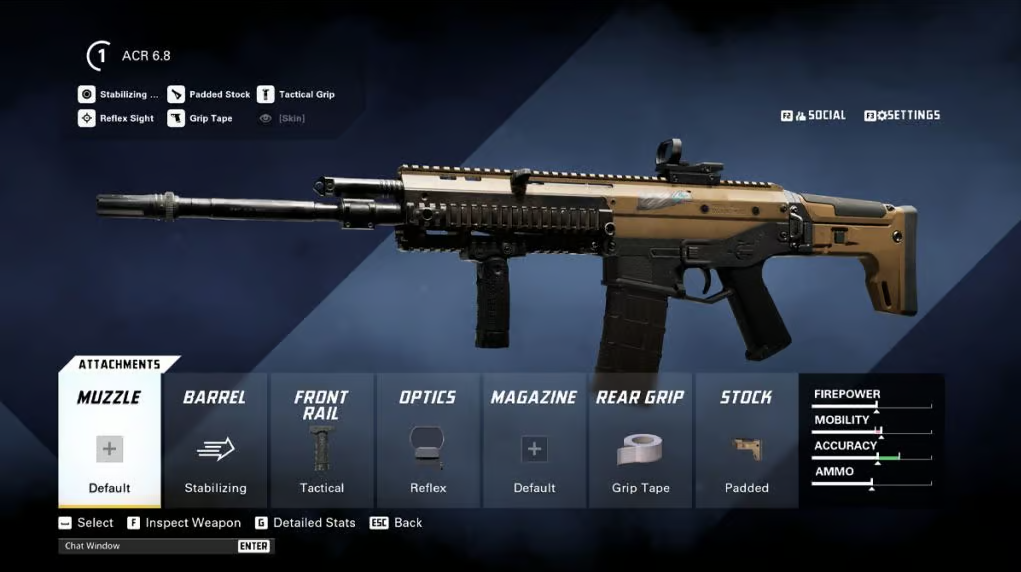Lifting a rock and stoning themselves
At E3 2009, Call of Duty: Modern Warfare 2 (COD6) served up an unmistakably classic episodic campaign demo that is still talked about by FPS veterans.
The demo clip, which was pitched by IGN, achieved a whopping 10.76 million views.
The clip shows the game’s third mission, Cliffhanger, which is the debut of the story’s special forces unit, Task Force 141, made up of “the world’s best fighters”. It’s also the debut of the story’s “141st Special Forces”, a special forces unit made up of “the best soldiers in the world”. Captain MacTavish “Soap” and newcomer “Jon” are the only two men who dare to infiltrate a Russian airbase in the snowy mountains and cause havoc.
After a scary climb, the duo climbed to the top of the mountain, prepared their weapons and cleared the Russian patrol. “Soap was in charge of long-range cover, so he brought a sniper rifle.
The assault rifle with a melee scope, silencer and heartbeat detector, painted in snow camouflage, is called an ACR, according to the bottom right corner of the screen.
When the game was released and gamers entered the game as “Little Big Shot,” they discovered the ACR’s unique features: low recoil, easy gun control, and a heartbeat scanner that allowed them to detect enemy locations early in a snowstorm with poor visibility.
The Russians, as the hypothetical enemy, have few guns that are more powerful than the ACR in this weapon configuration. Players who play through the campaign and enter multiplayer matchmaking will find the ACR here to be just as jack of all trades.
Therefore, the ACR is honored as one of the COD6 multiplayer “Noob (chicken) weapons”, or what we now often call “wheelchair” weapons - how much food players can It’s a great weapon for any player who is a noob.
A thread posted on the GameFAQs forum 13 years ago reads:”I like the ACR, but my friends say it’s a wheelchair.”
The ACR is a real-life firearm, known as the Adaptive Combat Rifle (ACR), and is manufactured by the venerable American arms company Remington. Call of Duty deliberately adjusted a real firearm to TO level performance, more or less for Remington advertising suspicion.
Coincidentally, Remington thought so too.
ACR
According to an Oct. 16 report in the Wall Street Journal, an attorney recently made public a batch of internal Remington documents, including internal emails and company records.
According to these documents, Remington explicitly signed a deal with Call of Duty publisher Activision Blizzard in 2009 to put one of its rifle products into COD6 as a marketing tool to attract younger customers. And yes, that rifle is the ACR.
The documents show that executives at Remington and its parent company, Freedom Group, were concerned about the “aging” of their customer base and were prepared to put their guns into the shooter as a marketing campaign to attract a new audience, especially a younger one. Freedom Group has a report entitled “Game Strategy”.
The Freedom Group has an undated memo entitled Gaming Strategy, which states, “With increasing urbanization and reduced access to shooting/hunting areas, the primary way young potential shooters are exposed to firearms and ammunition is through virtual gaming scenarios. “
There’s someone else above Freedom Group - Bronto (Cerberus). Cerberus executives agreed with the idea of using games to advertise firearms, saying it would “help create brand preference among the next generation” and “gain market share with younger consumers.”
So the executives turned to Call of Duty, the hottest and coolest shooter in town, even though they hadn’t done much research on the real thing.
Or the Game Strategy memo, which explicitly forbids the use of the company’s brand in games where “non-military bad guys” are likely to be targeted, or COD6, which, when it came out, caused a huge controversy over a level that included a gory massacre of civilians, and which followed the “Rock Climbing Campaign”, which had been released on the market. It was called “No Russian” after “Rock Climbing”.
A more impressive mission than “Rock Climbing”
But the memo also plausibly points out that digital replicas of guns can appear in these games. “Past experience tells us that people will actively seek out firearms branding.” “Reducing direct branding helps us to insulate ourselves from direct recognition while still benefiting from participation in the games.”
John C. Trull, then Remington’s vice president of arms product management, said in a Wall Street Journal interview that Remington executives hadn’t even investigated the fact that COD6 had a multiplayer mode, much less imagined that their weapons would be used for peer-to-peer shooting between players. “I’m sure if someone knew then how these games as we know them now evolved, the decision-making would have been different.”
In the end, the Remington ACR joined the Call of Duty arsenal family. As part of the agreement, Remington and Activision agreed to keep the deal strictly confidential and no money would be exchanged, amounting to Remington whoring out advertising and Activision whoring out the rights.
COD6 sold around 4.7 million
According to Activision Blizzard’s sales figures, COD6 sold around 4.7 million copies in the US and UK within 24 hours of its release, and in August 2011 the then chief executive of Activision Publishing revealed that sales of the game had topped 22 million copies.
COD6 was unsurprisingly the best-selling game of 2009
ACR’s strong position in gaming is remembered by a generation of gamers. a realistic selling point for ACR was the high degree of modularity with good accessory compatibility, which is fully reflected in COD6.
Another point is the low recoil.In 2010, Trull wrote to other executives that a man who worked at his house told him that the ACR had earned a following among the Call of Duty faithful. “What people like about it is its ‘low recoil’ in-game, which allows players to maintain target acquisition.”
Low recoil equals high hit rate
Roy Gifford, then vice president of branding and research, responded later that day, “It’s really amazing that games can sell real-world product attributes.”
By 2011’s Call of Duty: Modern Warfare 3 (COD8), Remington’s partnership with Activision intensified. the ACR was swapped out for a larger caliber version, the “ACR 6.8,” which enhanced lethality with low recoil, and “wheelchair The “Wheelchair” is still firmly in place.
Two more Remington weapons were added to the game. The first is the MSR bolt-action sniper rifle, which is preferred over the game’s other bolt-action sniper because it has faster bolt pulls and bullet changes. The second is the R11 RSASS semi-automatic sniper rifle, which serves as a continuous sniper with the largest ammo capacity and lowest recoil, and is just as easy to use as the ACR.
There are no documents that have been disclosed to prove Remington’s continued partnership with Activision. However, in the game, the ACR 6.8 and MSR have the word “Remington” engraved on the side of the gun model; as for the RSASS, a quick check reveals that its full name is “Remington Semi-Automatic Sniper System” - it’s like jumping into the Mississippi. The RSASS is a “Remington Semi-Automatic Sniper System” - a hard-hitting advertisement that you can’t even get out of the Mississippi River.
Call of Duty OL, the now defunct domestic exclusive game copyrighted and distributed by Tencent, used the source code for Modern Warfare and incorporated ACR. In the early days of its operation, when there were no fairy guns to fight with, the ACR was considered a good assault rifle.
It was 2012, and Remington had yet to see significant growth in its financial results, but executives were beginning to believe that video games were attracting new gun buyers. That year, Trull wrote in an email, “It is truly ironic that ten years ago, video games were considered the number one threat to attracting new gun owners; now they are an attraction to everyone.”
Before long, however, something even more ironic and infinitely more tragic was about to happen, making executives forever regret the decision to place ads in their games.
The December 2012 shooting at Sandy Hook Elementary School in Connecticut
The December 2012 shooting at Sandy Hook Elementary School in Connecticut was the second worst school shooting in U.S. history, as well as the fourth worst mass shooting.
The killer first shot his mother in her home, then drove to the school and used a Remington-made rifle to kill 26 people, including 20 children and six educators, in five minutes. When police arrived, the killer used a handgun to kill himself.
The rifle found at the scene
The shooting has once again pushed the issue of guns into the center of the American public debate, and the video game industry is lying down.
Wayne LaPierre, then executive vice president of the National Rifle Association (NRA), gave a speech on the shooting, accusing “gaming companies of being the seedbed of the school shooting nightmare,” calling it “a cold, corrupt, shadow industry,” and calling it “the most corrupt industry in the world. shadow industry” that “sells and incites violence to the people of this country” through games like Bulletstorm, Grand Theft Auto, and Mortal Kombat.
The shooter, named Adam Lanza, was 20 years old at the time of the crime, suffered from severe mental illness, and spent most of his time holed up in his room playing video games.
A photo taken at the killer’s home
Though the 48-page final report on the shooting, released by the Connecticut State’s Attorney in November 2013, did not link video games to the motive for the shooting, but merely stated a few facts.
According to the report, the killer’s library contained both “violent” games such as Battlefield, Call of Duty, Grand Theft Auto, and Survival Road, as well as a collection of “nonviolent” games. The killer spent most of his time playing “non-violent” games, with Super Mario Bros. being his favorite. He also frequented a movie theater where he played the Dance Dance Revolution arcade game, “moving my feet rhythmically in response to on-screen prompts”.
Some of the killer’s gaming inventory
But the NRA is intent on shifting the conflict and changing the social agenda, and Remington is bearing the brunt of it.
The families of the nine victims and one surviving teacher launched a lawsuit against Remington. In their suit, they argued that Remington’s marketing through video games “appealed to the insecure and lonely and made them become like the shooter, bent on mass murder.” Ten years later, in 2022, they announced a settlement with Remington for $73 million.
Remington was already suffering from internal mismanagement and was in debt, and the sudden lawsuit added to Remington’s financial situation. This was partly due to the high legal costs and partly due to the negative public perception of Remington that resulted in investors announcing divestment. Eventually, Remington filed for bankruptcy in 2018 and again in 2020, and its assets were divided and sold to multiple sellers.
So what happened to ACR, which executives had high hopes for? Sadly, in-game popularity hasn’t translated into real-world sales, let alone saving Remington’s finances.
At launch in 2010, ACR offered a suggested retail price that was twice as expensive as earlier offers, prompting consumer protests. It didn’t take long for the manufacturer to discover a design flaw in the ACR that “caused multiple rounds to continue to fire when the trigger was pulled” and had to recall the product.
That same Trull previously said in a Wall Street Journal interview that the ACR “was discontinued after years of consistently low sales.” “The fact that this rifle is so popular in Call of Duty is shocking …… It’s basically the only positive thing people have said about ACR.”
Even with Remington’s bankruptcy and the discontinuation of the ACR, the ACR in Call of Duty is still alive and well. both the ACR and ACR 6.8 assault rifles, both of which made a comeback in the recent Beta testing of Call of Duty: Modern Warfare III (COD20, 2023), are still known for their low recoil, just with a name change to the MCW.
American Bar Association’s Legal Guide to Video Game Development
And in the lawsuit against Remington, lawyers for the victims’ side obtained internal Remington documents that completely solidified the existence of this symbiotic relationship.
Remington’s strategy of trying to market firearms to a younger audience sounds unrealistic. However, the United States of America has its own country here, and Americans do develop a brand preference for firearms, just as we develop a brand preference over electronics or game manufacturers. And it’s not unlikely that this preference will be cultivated from a young age.
In the wake of the Sandy Hook tragedy, the foreign media outlet Eurogamer looked for a more specific audience for gun ads: 13-year-old American kid Smith.
He loved guns, owning nearly a dozen BB guns and shooting a real M1911 pistol with his country grandfather. He also plays Call of Duty, and his favorite gun in the game is Remington’s MSR sniper rifle. “It’s a really nice, accurate sniper rifle that rarely misses. I think once I get older, I’d like to have a real one.”
We don’t really know if Smith, now an adult, will ever buy a Remington gun again. But for now, it seems that Remington has moved the needle and ended the symbiotic relationship between guns and games in some form. Fewer and fewer American kids like Smith will likely fall in love with a particular gun brand because of a game.
After 2013, a whole host of games, including Call of Duty and Battlefield, that were poised to see the U.S. as a major market, had shooter themes, or included firearms elements, were careful to rarely use realistic weapon names and full-scale models anymore. Even the Kalashnikov assault rifle, which is difficult to trace the copyright of and is often referred to as the “AK47”, is no longer referred to as the “AK” in Call of Duty: Modern Warfare II (COD 19, 2022), but rather as the “Kastov.
In addition to the two explanations of laziness and high royalties, the desperation to get rid of the link with gun violence is a major reason for the excessive caution of American game makers.
A 2019 story in The Atlantic quoted Ross Dannenberg, author of the American Bar Association’s Legal Guide to Video Game Development, as saying, “Some game companies have a policy of ‘We won’t apply for a firearms license ‘ …… The only reason they make such statements about firearms is that they don’t want to be found guilty in the court of public opinion for supporting the gun industry.”
Meanwhile, manufacturers outside of the United States are virtually unaffected. The likes of France’s Ubisoft have never shied away from introducing large numbers of realistic firearms into shooters like Crysis. Russia’s BSG Studios’ Escape from Tarkov is sitting on the rights of major arms manufacturers (including the Kalashnikov Group) and even accessory makers, and it’s the royalties that have brought the game’s price tag up.
Ubisoft’s FPS Unruly Alliance in open beta
There’s an ACR 6.8 in the arsenal.
When gamers regret and criticize the actions of a shooter that does not try to restore realistic firearms, they also need to understand the real situation of the moment. Gun violence, like geopolitics and diversity, is a sensitive issue. Game makers’ concerns about these issues are gradually reshaping every game we play.
But I’m afraid that real issues have to be put into reality to be properly addressed. Sueing a Remington and eliminating advertisements for gun manufacturers in games is not enough to calm the grief that school shootings have brought to Americans, nor is it enough to prevent similar tragedies from happening again.

